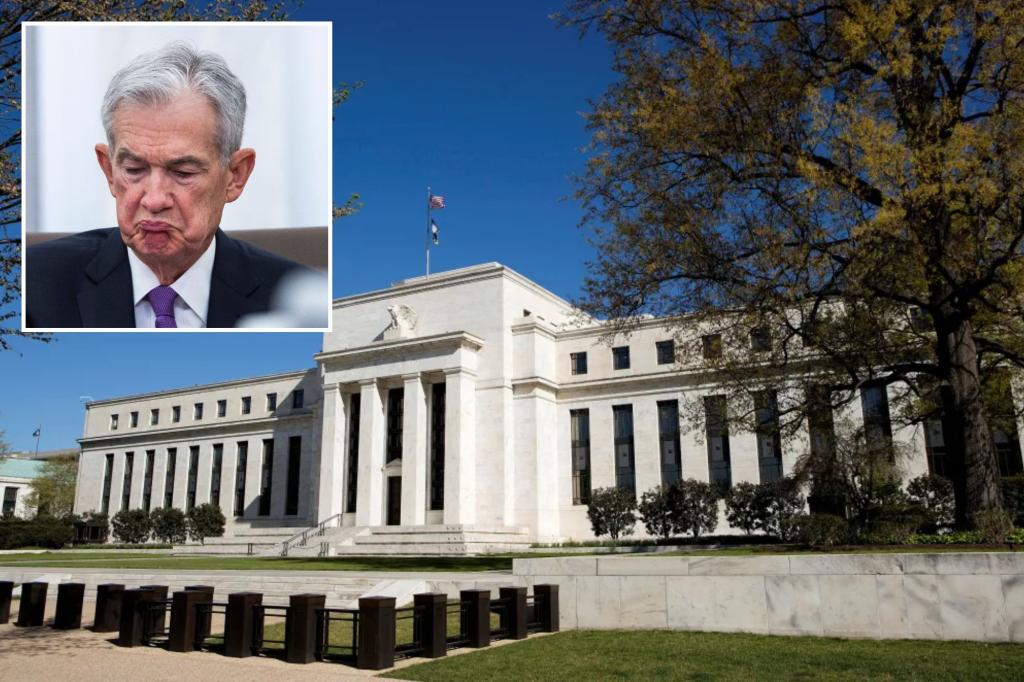The Federal Reserve experienced a record loss of $114.3 billion in 2023 due to expenses related to managing the central bank’s short-term interest rate target, following a net income of $58.8 billion in 2022. The official numbers released were audited and confirmed earlier preliminary reports. It has been emphasized that the negative income does not impact the Fed’s ability to operate or conduct monetary policy, as any profits after covering operational expenses are handed over to the Treasury. The Fed earns income through providing services to the financial system and interest income from securities it owns.
The Fed’s decision to aggressively increase the federal funds rate in 2022 to combat inflation pressures has significantly impacted its finances. The target was raised from near zero levels to the current 5.25% to 5.5% range, resulting in increased interest expenses for banks’ reserve balances and higher payouts from the reverse repo facility. Despite this, the income earned from bonds the Fed owns remained relatively stable from the previous year. The Fed can create money to fund its operations when facing operating losses, and any losses are reflected in an accounting device known as a deferred asset.
Currently, the official level of the deferred asset stands at $133.3 billion, with potential for further increase. When the Fed returns to profitability, excess earnings will be used to reduce the deferred asset until it is extinguished, at which point excess profits will be returned to the Treasury. The Fed has returned substantial sums to the Treasury in recent years, as noted by Fed officials. A report from the St. Louis Fed indicated that it could take years before the Fed is able to return profits to the government.
The fluctuations in the Fed’s income and expenses have been influenced by its handling of interest rates and efforts to combat inflation. The decision to raise the federal funds rate and the subsequent increase in interest expenses have led to the record loss in 2023. However, the Fed’s ability to create money to fund operations and manage any losses demonstrates the resilience and flexibility of the central bank’s financial operations. Despite the challenges faced in recent years, the Fed remains committed to its mandate of maintaining stable prices and maximum employment through its monetary policy decisions.
Overall, the Federal Reserve’s financial performance in 2023 was characterized by a record loss, driven by increased interest expenses related to managing short-term interest rates. While this loss represents a significant financial challenge, the Fed’s ability to create money to fund operations and manage losses ensures that its ability to operate and conduct monetary policy remains intact. Moving forward, the Fed will work to return to profitability by reducing the deferred asset and eventually returning excess profits to the Treasury. Despite the current financial challenges, the Fed remains committed to its mandate of promoting stable prices and maximum employment through its monetary policy decisions.


